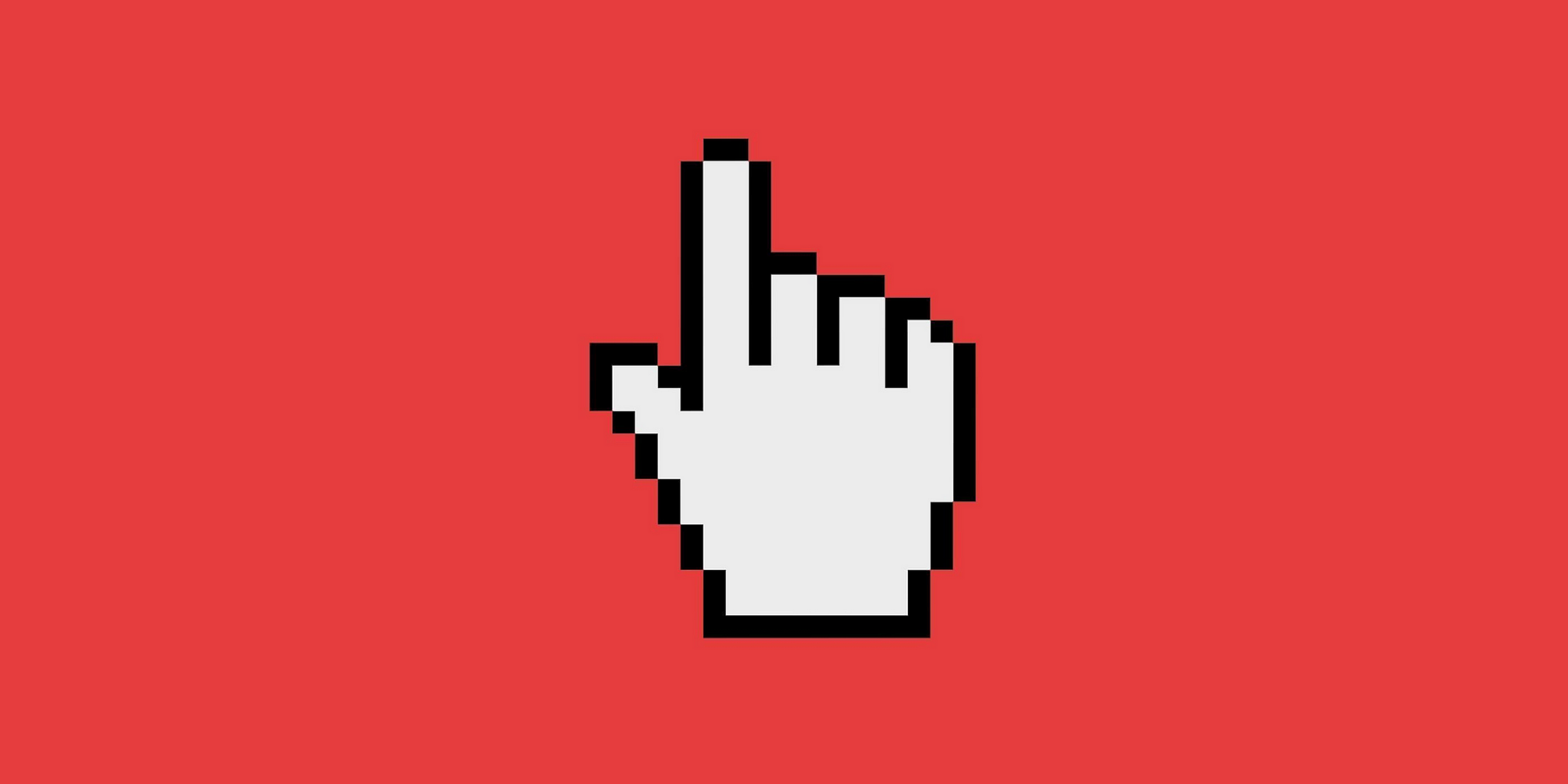The hand cursor is for links
The hand (and often underlined text) signifies a link. Links are not buttons. Links came along with the web. To help users understand that they are different, they are given the hand cursor. It serves as an extra clue. Here’s why:
- Clicking a link opens a web page or resource.
- (On desktop) I can right-click on a link and do many things (that I can’t do with a button). Open in new tab/window, save a link, copy address, add to reading list, bookmark it and more.
- (On mobile devices) I can tap and hold on a link and get a similar context menu as per the previous point.
- A link also tells me that I am just going somewhere else. I am not modifying any data or making changes in anyway (like a button is likely to do).
When a button has the hand cursor, it subtly suggests that the user is interacting with a link when they’re not. If you want to give visual feedback when the user hovers, you can do so with other style changes such as background colour. A well-designed button does not need a hand cursor to help the user realise it does something.
The hand cursor is reserved for links. This is because they are unique in their behaviour. Browsers and Operating Systems have done the work for you — because contrary to popular belief — browsers know best.
Links have always been handled this way since the web came along — this is the convention of the web that you need not innovate on. You can rest easy knowing that browsers have you covered. This leaves you and your team to solve real problems.
Microsoft’s design guides talk about weak affordance:
Text and graphics links use a hand […] pointer […] because of their weak affordance. While links may have other visual clues to indicate that they are links (such as underlines and special placement), displaying the hand pointer on hover is the definitive indication of a link.
To avoid confusion, it is imperative not to use the hand pointer for other purposes. For example, command buttons already have a strong affordance, so they don’t need a hand pointer. The hand pointer must mean “this target is a link” and nothing else.
Apple’s Human Interface Guidelines states that the hand cursor should be used when “the content is a URL link”. W3C User Interface guidelines says the same thing again with “The cursor is a pointer that indicates a link”.
Reference:
Buttons shouldn’t have a hand cursor

codemore code
~~~~